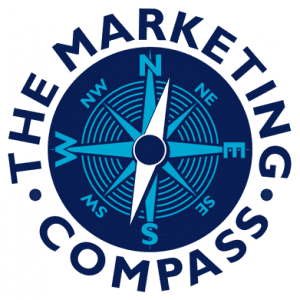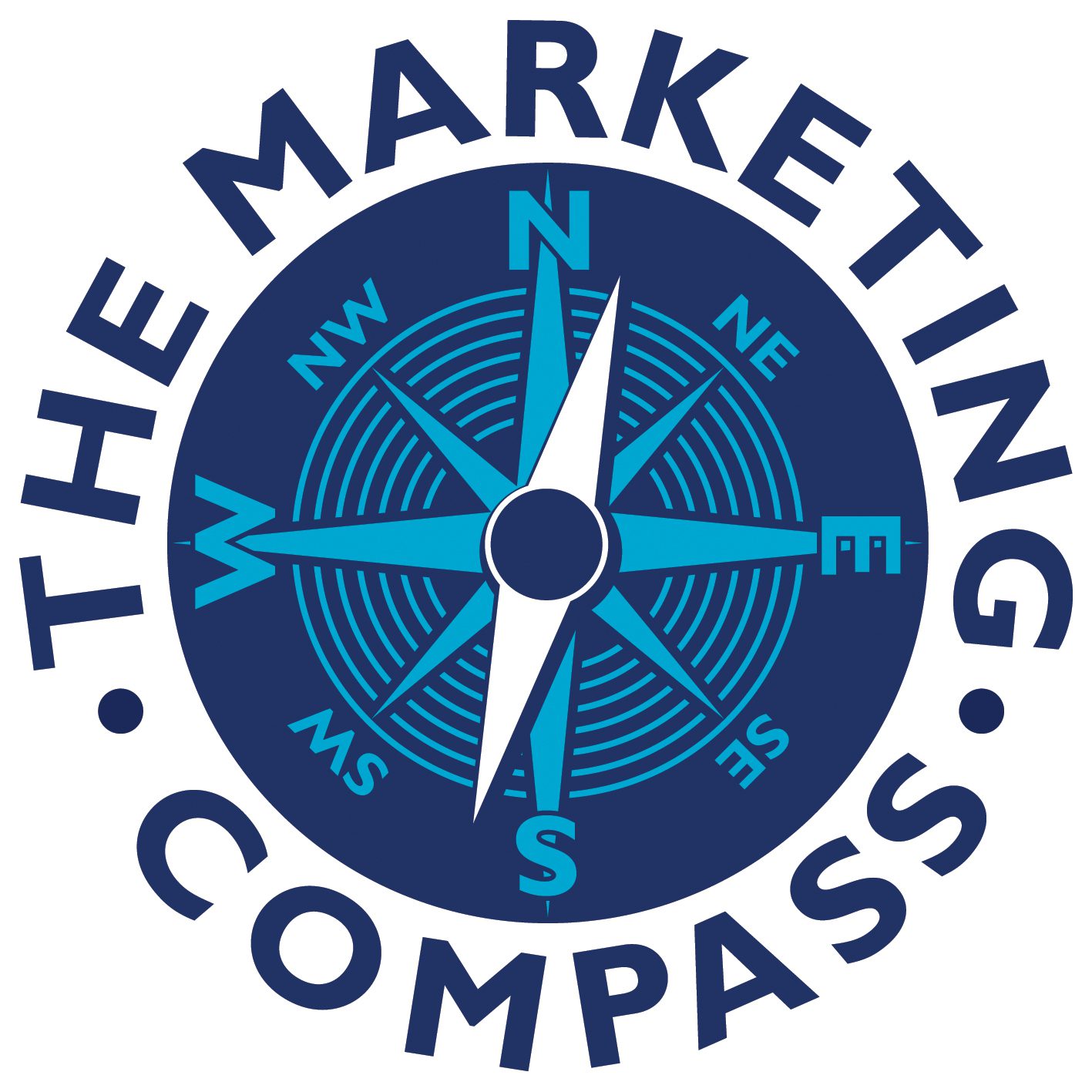 How many websites do you visit, during a normal working day? How long do you spend looking at each site? Website visitors go foraging. Information foraging is an art which people learn when they use search engines. Some may say that they are lazy. Darwin would have said: “Why waste additional energy if you don’t have to?”
How many websites do you visit, during a normal working day? How long do you spend looking at each site? Website visitors go foraging. Information foraging is an art which people learn when they use search engines. Some may say that they are lazy. Darwin would have said: “Why waste additional energy if you don’t have to?”
Clear thinking leads to clear writing
Are you clear about:
► Your subject matter?
► Who you are writing for?
► Your objectives?
In a world where many of us have become content publishers, effective webcopy writing skills are in great demand. Here are some tips and ideas for you, based on on my experience so far…
Become your reader
When you are writing webcopy, focus on the reader. Write as if you were writing for one person. Use the word ‘You’ as much as possible.
Use ‘You’ four times as often as you use ‘I’ and ‘We’.
When people read your webcopy, it will come across as more personal and engaging.
Structure your content
You have one second, so make it count.
Website visitors are busy, just like you are. They have limited time and will only give you a moment or two to convince them to continue reading.
10 years ago, I used to tell my seminar audiences that they had four seconds. Five years ago, it was two seconds. Today, you only have one second to get the readers’ attention.
What goes through their mind, both consciously and sub consciously, within a second?
“Does the design look professional?” “Is this going to be hard work to read?” “What does the headline say? Does it look interesting? Is this a solution to my problem? Is it worth reading the first sentence of the text?” “Can I easily find what I want?” “How do I contact them to find out more?”
Signpost your content
Use clear signposting. What does this page offer the reader? Begin by arresting the reader’s attention. Then keep hold of it. Start by telling them what’s in it for them.
Give reasons to read
It is a good idea to use summary paragraphs. These act as ‘advertisements’ for the next section of text.
Give them the big picture
Give the reader the big picture for what lies ahead.
Think about the home pages that you visit. Some of them are hard to understand, aren’t they?

